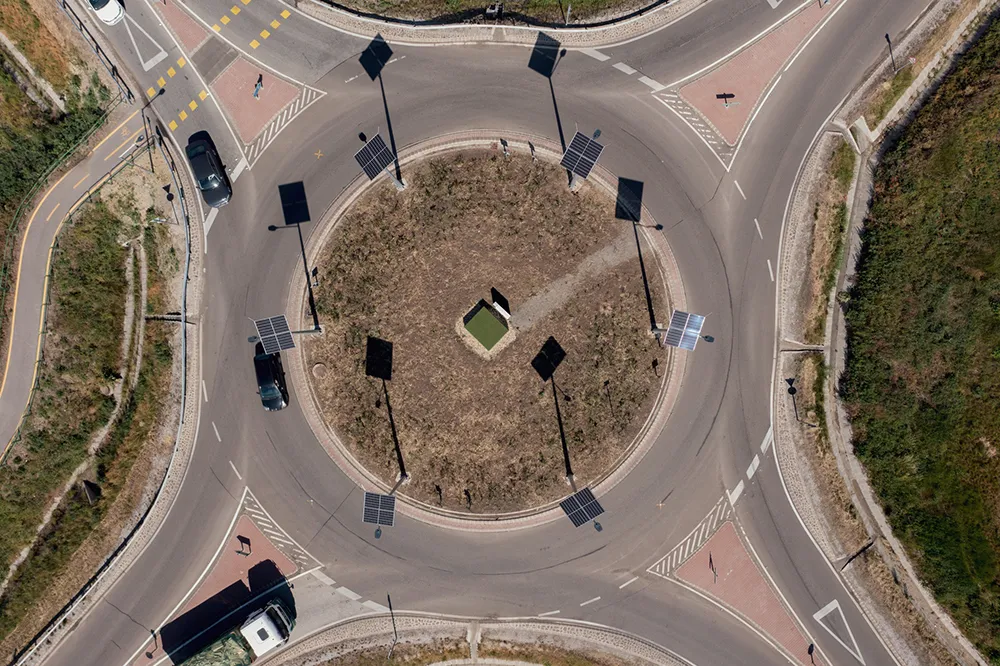Mini-BlueToad from TrafficCast is an advanced traffic monitoring technology in a small form factor that uses anonymous detection of Bluetooth signals from passing vehicles. The compact device attaches to virtually any existing roadside infrastructure and its battery powers continuous data collection for up to two weeks without a recharge. An optional mini solar panel can recharge the battery for longer studies. Data is stored on a Micro SD card, and downloaded through a simple client interface for analysis
January 24, 2012
Read time: 1 min

Mini-BlueToad from 826 TrafficCast is an advanced traffic monitoring technology in a small form factor that uses anonymous detection of Bluetooth signals from passing vehicles. The compact device attaches to virtually any existing roadside infrastructure and its battery powers continuous data collection for up to two weeks without a recharge. An optional mini solar panel can recharge the battery for longer studies.
Data is stored on a Micro SD card, and downloaded through a simple client interface for analysis through BlueToads's travel time and routing algorithms.
Mini-BlueToad extends TrafficCast's BlueToad (an acronym for Bluetooth Travel-time Origination And Destination ) product line to offer a consistent format of accurate traffic monitoring for both operations in real-time and requirements for passive data collection.
Data is stored on a Micro SD card, and downloaded through a simple client interface for analysis through BlueToads's travel time and routing algorithms.
Mini-BlueToad extends TrafficCast's BlueToad (an acronym for Bluetooth Travel-time Origination And Destination ) product line to offer a consistent format of accurate traffic monitoring for both operations in real-time and requirements for passive data collection.










